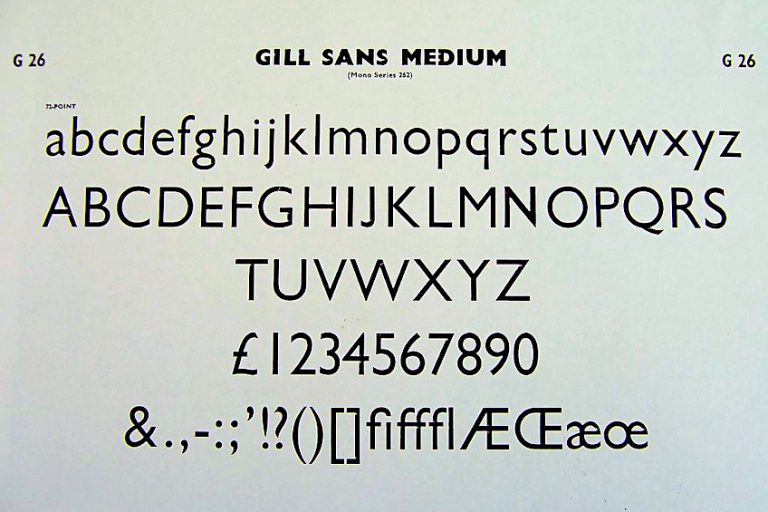François Boucher – Exploring the Fantasies of Boucher’s Artwork
As Paris veered on the brink of revolt, King Louis XV and his lover enthusiastically embraced François Boucher the painter’s fantasies of a utopian society. The elegant surroundings of aristocratic life were embellished with François Boucher the artist’s appreciation of regal elegance and refinement, as well as his seductive and sexualized examinations of beauty. Simultaneously, François Boucher’s paintings portrayed the rise of Enlightenment thought and the noble Salons that supported these intellectuals. Boucher’s artwork is a prominent illustration of a more sophisticated Rococo aesthetic, full of contrasts that blend tradition, elegance, and invention.
Table of Contents
The Life and Art of François Boucher
The French nobility admired François Boucher’s paintings for their soft pastels, exquisite surfaces, and seductive figures. Even his contracted portraits were frequently glorified, oftentimes becoming allegorical interpretations or legendary protagonists. During the reigns of both Louis XV and Louis XVI, Boucher’s artwork was at the pinnacle of fashion.
| Nationality | French |
| Date of Birth | 29 September 1703 |
| Date of Death | 30 May 1770 |
| Place of Birth | Paris, France |
Early Training
François Boucher the artist, the son of a draftsman, painter, and embroiderer, came from poor yet talented beginnings. His early training was with his father in Paris, where his works were noted by renowned artist François Lemoyne.
Despite the fact that Boucher, who was 17 at the time, only stayed under Lemoyne’s tutelage for a few months before going on to work for the editor Jean-François Cars, he quickly absorbed his first master’s academic attitude.
Jean de Jullienne, a well-known collector and supporter of the arts, observed Boucher’s talents with painting and engraving and commissioned the youthful Boucher the artist to etch Antoine Watteau’s pieces. Although he had no official instruction at the Académie, Boucher’s artwork was awarded the Prix de Rome, the Académie’s greatest distinction, at the very young age of 20.
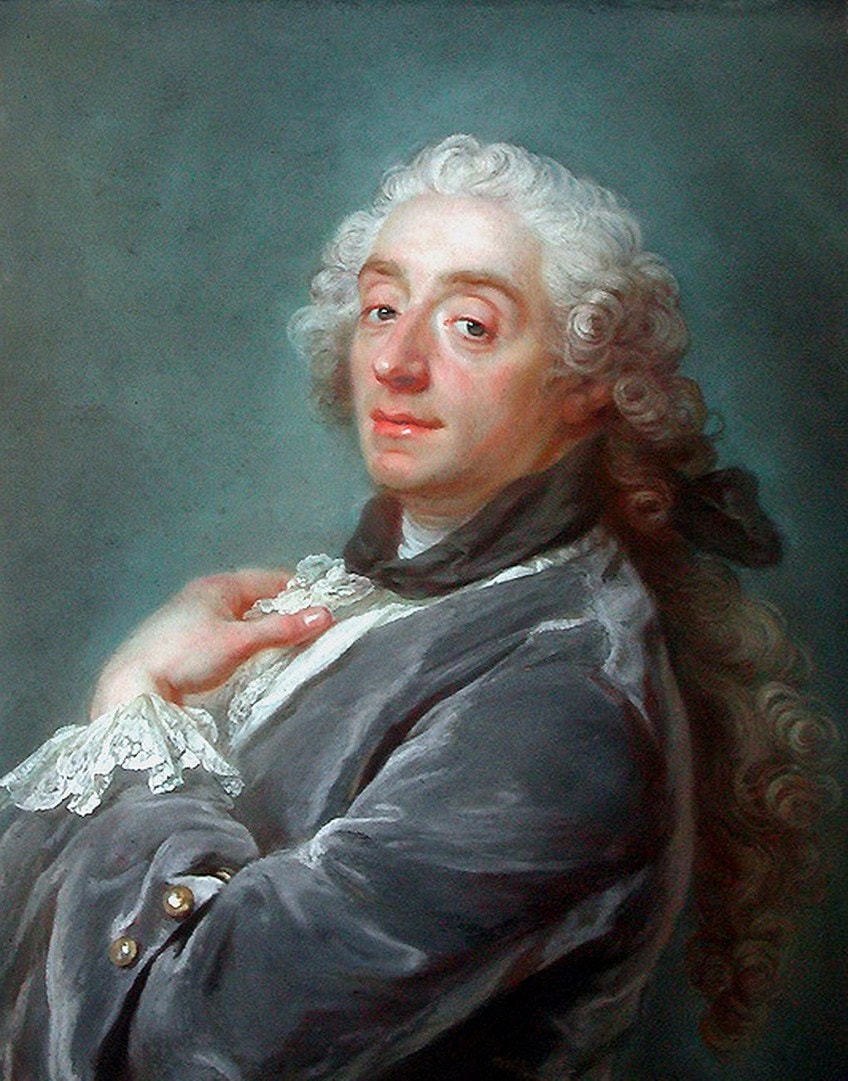
Although the award ought to have supported a three-year stipend to studies in Italy, internal tensions within the Académie got in the way. Boucher began receiving private commissions for paintings, drawings, and etchings, and his talents were so remarkable that he was able to pay for his own trip to Italy in 1728. He explored the works of Raphael and Michelangelo, as well as Baroque artists like Castiglione and Bernini, while there. Boucher the painter was legally accepted to the Académie upon his arrival to Paris; virtually immediately, he became the phenomenon of the French world of art.
His paintings were much sought after by the Parisian élite, including King Louis XV.
Mature Period
Boucher the painter’s career as an academic, gained flight. Royalty and aristocracy coveted his mythical subjects, and also his genre paintings, landscape art, and portraits. Less affluent followers of his work collected relatively cheap copies and engravings of his works, which were extensively produced and sold. Boucher’s fame expanded even further in the late 1730s when he was commissioned to create for the Beauvais tapestry company. Boucher’s tapestry illustrations of pastoral themes were highly coveted and were distributed not just across Europe, but even as far as China.
His characteristic Rococo manner lent itself nicely to the ornamental arts, and his patterns were quickly replicated on porcelain. A fascination for theater led to a position supervising stage set design at the Royal Opera.

Notwithstanding his many varied endeavors, Boucher remained principally a painter, painting for the Parisian aristocracy and foreign elite. King Louis XV’s official mistress, became Boucher’s most crucial benefactor, implementing a series of massive paintings as well as a multitude of majestic mythological masterpieces, including The Toilet of Venus (1751), and religious works of art, including The Light of the World (1750), a nativity image of motherly warmth and love. Boucher was named the king’s official painter – in 1765, thanks to the influence of his mistress Madame de Pompadour.

Late Period
Boucher followed the painter Carle Vanloo as Director of the Académie Royale the same year he became the Monarch’s authorized artist, cementing his domination over the Art movement in France and its structures. Despite having reached the zenith of official achievement, his status and influence began to dwindle in the face of rising Enlightenment morality and ideas. He exhibited less in the Salon, probably as a result of harsh attacks from notable critics such as Denis Diderot, who saw his work as immoral, dishonest, and backward.
In contrast to the early forms of what became Neoclassicism, an academically demanding and moral grandstanding painting genre, the royal topics and pastel colors of Rococo painters like Boucher were considered as frivolous and whimsical.
Considering this change in attitudes, Boucher was still a popular option for noble commissions, continuing his public responsibilities at the Académie and at the palace despite the increasing trend of more restricted Neoclassicism and capitalist ethics. Despite his poor health, which included visual issues, Boucher was still working until the end of the 1760s. He died abruptly in his workshop at the Palais du Louvre in 1770, having completed (by his own, possibly exaggerated, estimate) around 10,000 drawings and 1,000 paintings throughout his lifetime.
painting
By the time Boucher the artist had died, the Rococo aesthetic had lost favor with both critics and painters. Boucher’s name soon became connected with the Ancien Régime’s antiquated and unethical behavior. “Of all the artists of the 18th century in France, Boucher has possibly experienced the greatest tragedy at the clutches of time,” notes art expert David Wakefield. He was regarded as a genius and dubbed “the artist of the graces” during his lifetime.
Even Jacques-Louis David, the head of the Neoclassical school that would eclipse Boucher’s Rococo, praised him, chastising his pupils for disparaging the late master and declaring, “Not everybody can be Boucher.”
Boucher the painter’s formal abilities would not be acknowledged until long after the end of the Revolution in France, during a Rococo renaissance in the 1860s through to the 1870s. Paul Mantz, an eminent art expert, would support Boucher the artist as a genuine creator of his day, truly reflecting his peers and so adhering to the fledgling ideas of 19th-century Realism.
The impressionist artist Auguste Renoir, whose curvaceous figures and love for pastels clearly owe much to Boucher, referred to his precursor as “the person who best knew the feminine figure.” Despite being linked with the aristocracy’s overindulgence; today’s scholars have placed Boucher as one of the most industrious and technically talented painters of the 18th century.
Boucher’s Artwork and Art Style
Boucher was influenced by painters such as Antoine Watteau and Peter Paul Rubens. The earliest versions of Boucher’s artworks celebrated the beautiful and calm representation of nature and the environment with tremendous elegance. Boucher’s artwork, on the other hand, often foregoes classic rural purity in order to depict situations with distinct sexuality, since his mythical themes are intense and passionately romantic rather than conventionally epic.

Artworks
Boucher’s artworks of a flirting shepherd and shepherdess in a wooded scene, which appeared in An Autumn Pastoral (The Grape Eaters) (1749) and The Enjoyable Lesson (The Flute Players) (1748), were based on characters from a 1745 play written by Boucher’s personal associate Charles-Simon Favart. The Marquise de Pompadour, whose image became linked with Rococo style, was a big fan of his.
The Marquise de Pompadour is known as the “Godmother of Rococo,” and Boucher’s paintings were crucial to her self-presentation and reputation cultivation.

Boucher’s Portrait of Madame de Pompadour (c. 1756) for instance, serves as a remaining illustration of the oil treatment preceding the now-lost portrait. She clutches her hat in one arm and a pearl bracelet with an image of the king in the other, symbolizing the bond on which her rank is based. Boucher’s artworks, such as The Breakfast (1739), a household scene, demonstrate his mastery of the genre, in which he frequently employed his own spouse and offspring as models.
These personal family settings stand in stark contrast to the debauched tone of Odalisque by Francois Boucher.
The dark-haired version of the Odalisque by Francois Boucher inspired art critics to believe that he was “pimping his own wife,” while the Blonde Odalisque was a painting that depicted the King’s adulterous connections. Boucher achieved enduring infamy as a result of such personal contracts for affluent collectors, and after Diderot voiced his dissatisfaction, his character came under greater scrutiny during the latter years of his career.

Boucher also created theatrical costumes and scenery, and the impassioned intrigues of Charles Simon Favart’s comic operas closely resembled his own painting technique. The design of the tapestry was also a consideration. He initially designed a series featuring Italian festivals for the Beauvais tapestry studios in 1736, which proved to be quite popular and were frequently rewoven over the decades, and then a sequence of the narrative of Cupid and Psyche, which was commissioned in 1737.
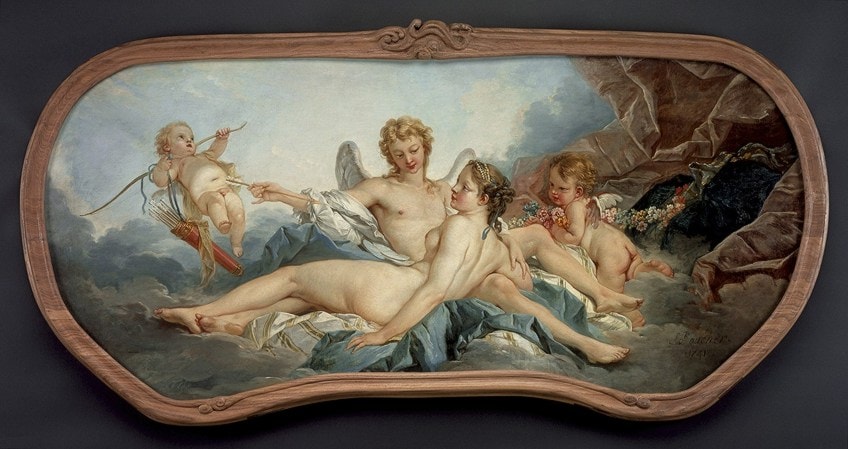
During his 20 years of collaboration with the Beauvais tapestry studios, Boucher created designs for six separate series of hangings, including the 1742 tapestry depicting Psyche and the Basketmaker. He was a productive and diverse draftsman. His sketches were used not just as preliminary works for his canvases and as patterns for printmakers, but also as completed pieces of art in high demand by buyers. Boucher followed normal studio procedures of the period by first laying out the general composition of his big paintings in chalk, and then doing chalk sketches for individual characters or clusters of figures.
He frequently used oil and gouache studies to prepare for important projects.
Gradually, he produced an increasing number of drawings as stand-alone pieces for the market. The Adoration of the Shepherds (c. 1758), a loose and impressionistic gouache study, was long thought to be a preliminary study for Madame de Pompadour’s personal altarpiece. A recent study, nevertheless, argues that it was created at least ten years later as an independent work.

Toward the end of his career, the painter began to prefer brown chalk, a manufactured media. Boucher was a skilled etcher and engraver. He engraved 180 unique copper plates. Following Watteau’s lead, he created a slew of etchings. As a result, he contributed to the spread of a liking for drawing replicas. When his own images began to sell, Gilles Demarteau engraved 266 of them in stipple replacements. These were produced in red ink to look like red chalk drawings that could be framed as little images. They might then be hung in the little blank areas between the lavishly adorned paneling of luxury homes.
Boucher’s most unique innovations were ornamental, and after etching 12 Chinese images by Watteau, he added to the popular form of chinoiserie.
Art Style
The French nobility admired François Boucher’s paintings for their soft pastels, lovely surfaces, and seductive figures. Even his contracted portraits were frequently glorified, frequently becoming allegorical interpretations or legendary heroes as well as heroines. Shortly after the demise of the authoritarian Louis XIV, the aristocracy gained more freedom from the crown than it had experienced before, creating a whole new marketplace for Rococo art.
Boucher was freed to pursue fanciful, personal, adventurous, and pastoral topics, as opposed to the ponderous religious and historical subjects prescribed by the dictatorial Baroque approach that had characterized the preceding generation and had been confined by the demands of the state and religion.

Whereas the Baroque school aimed to impress the observer with exaggeration and grandeur, the Rococo approach was far more personal and whimsical – and here is where Boucher excelled. The Rococo style replaced the classical lines and harshness of the Baroque style with asymmetric and natural iconography that frequently drew from an idealized picture of the natural world.
Boucher showed the degeneracy of the nobility as Enlightenment opponents like Denis Diderot gained prominence, and as the excesses of royal culture received more criticism.
Boucher’s artwork was rapidly criticized as frivolous and showy as the typical Rococo artist; it was also dismissed in history as a whimsical and short-lived movement. Boucher’s prowess and recognition of visual pleasure retained his legacy among painters, but managed to make him suspicious to historians and researchers; only in the last few years have academics reassessed these labels in order to regain more subtle ideas – and even Transcendence principles – in his body of work.
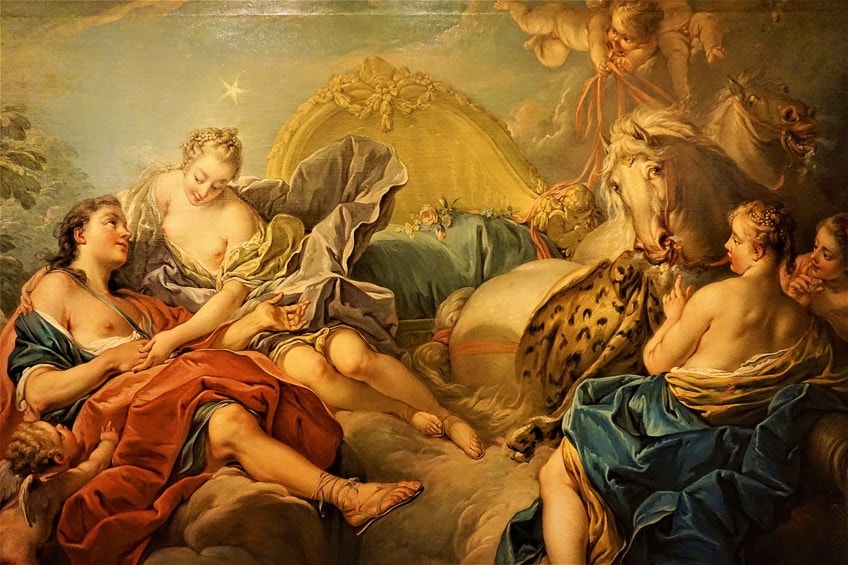
Boucher’s Porcelain Art
France’s porcelain art owes a lot to Boucher and, obviously, Madame Pompadour. The King’s mistress was interested in the porcelain factory at Vincennes beginning in the 1740s. Her desire was so strong that Louis XV granted her this modest factory in 1751. And madam got to work, rolling up her sleeves. Porcelain manufacture was eventually “shifted” to Sèvres on her initiative.
Meanwhile, the Marquise de Pompadour was drawn to the creation of new designs for her maker, François Boucher.
The artist spent a decade creating innumerable designs from which the manufacturer produced statuettes and services. The reproductions of valiant herdsmen and shepherdesses as soft-paste figures became classic prints for the porcelain factories at Sèvres. Furthermore, Boucher created a slew of print sets that translated Chinese images to Rococo taste, feeding the chinoiserie craze.
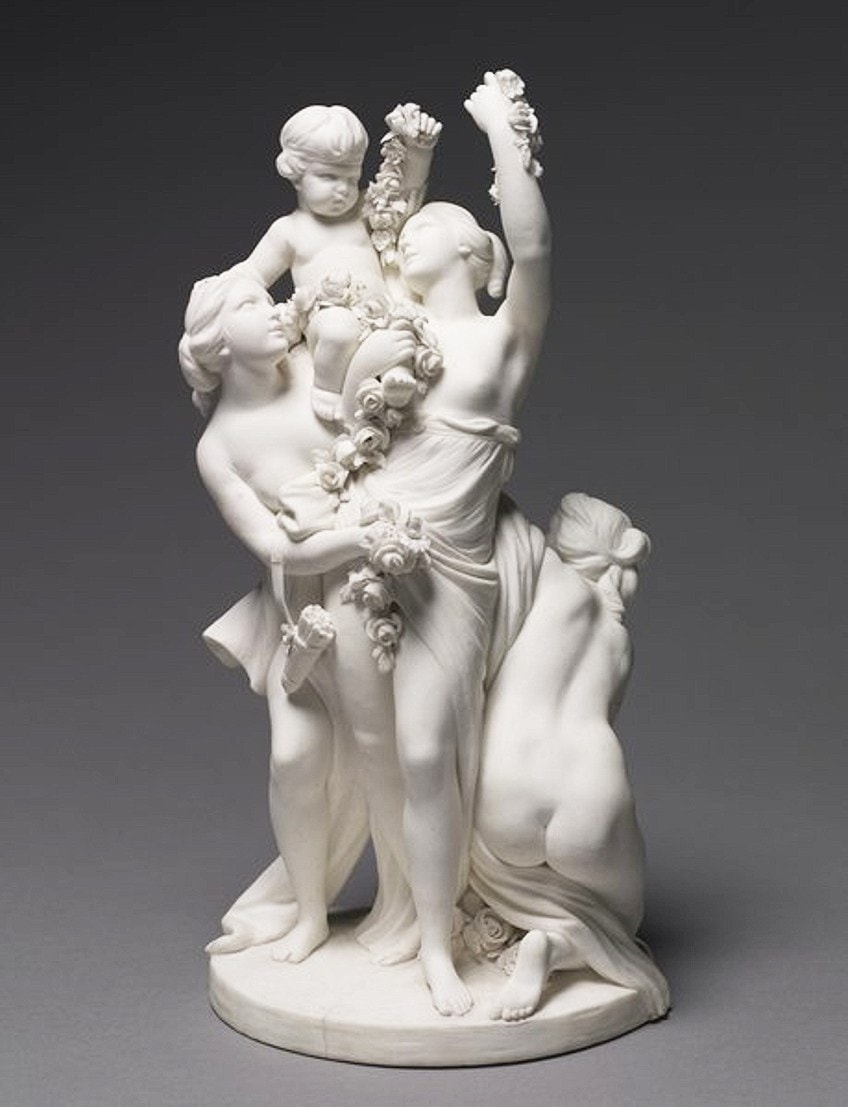
Important Paintings by François Boucher
François Boucher is more closely identified with the maturation of the Rococo style and its spread throughout Europe than any other painter. He was one of the most productive artists of his period, working in almost every media and genre and developing a distinctive style that was widely reproduced in print form.
He was an expert at promoting his work, creating designs for everything from tapestry to porcelain.
Boucher’s reliance on a painterly surface and use of a high-toned palette favored by blues and pinks was ideally suited to Rococo interiors, but he faced critical scorn late in his tenure when the genre went out of favor. Here are a few of his important artworks.
- Death of Meleager (1727)
- Monument to Mignard (1735)
- Cupid Wounding Psyche (1741)
- Arion on the Dolphin (1748)
- The Bird Has Flown (1765)
- The Love Letter (1750)
- The Toilette of Venus (1751)
- Lovers in a Park (1758)
- Angelica and Medoro (1763)
- Halt at the Spring (1765)
- Washerwomen (1768)

Recommended Reading
Have you enjoyed this article about François Boucher the artist? Maybe you would like to learn even more about François Boucher’s artwork. To make things simpler for you, we have compiled a list of books that you might enjoy exploring further in your own time.
Sketchbook Practice to Draw: François Boucher (2021) by François Boucher
Boucher was a designer who was both productive and versatile. His drawings functioned as not only preliminary drawings for his canvases and assignments for engravers, but also as completed works of art in high demand from collectors. From the start of his career about 1720 until his passing in 1770, François Boucher was continually sketching. He calculated that by the conclusion of this session, he had generated roughly 10,000 drawings.
He learned early in his career that critics and collectors liked his drawings as much as his paintings, so he committed himself to producing polished drawings that meet consumer needs. Early in his career, he realized there was profit to be earned in printmaking after reproducing 115 of Watteau’s designs in etching. He was gifted at replicating Watteau’s works’ transient qualities of line and light.
Boucher clearly got well acquainted with Watteau’s designs as a result of such astute copying.
When he was a lecturer at the Academy, Boucher produced scholarly drawings of male nudists to better his own talents and to instruct pupils. Boucher, like other Painters of his age, made female nude sketching his specialty and a distinctive signature. His vision of the female naked altered from decade to decade, as seen by his drawings. In contrast to his earlier drawings, which were more firmly and object-rendered, his latter works are light and flowing.
These are the kinds of sensual images that male buyers in his day and thereafter have coveted for their collections. Boucher used normal studio procedures of the period, first drawing out the general composition of his vast canvases in chalk, and then doing chalk sketches for specific individuals or figures. When preparing huge projects, he frequently used oil and gouache drawings.
- Boucher was a very prolific and versatile draughtsman
- Decade-to-decade changes throughout Boucher's drawings
- Eagerly sought-after drawings for collections
That concludes our look at François Boucher the painter. As Paris was on the verge of revolution, King Louis XV and his lover eagerly embraced the painter François Boucher’s ideas of a utopian society. François Boucher the artist’s love of royal elegance and refinement, as well as his sensual and sexualized studies of beauty, enriched the magnificent surrounds of aristocratic life. François Boucher’s paintings depicted the emergence of Enlightenment philosophy as well as the noble Salons that supported these thinkers at the same time. Boucher’s work is a notable example of a more refined Rococo aesthetic, full of contrasts that merge tradition, elegance, and inventiveness.
Frequently Asked Questions
Who Was François Boucher the Artist?
The French nobility appreciated François Boucher’s paintings for their soft pastels, appealing surfaces, and sensuous personalities. Even his commissioned works were frequently overdone, transforming them into symbolic interpretations or mythological heroes and heroines. During the periods of Louis XV as well as Louis XVI, his art was at the pinnacle of fashion.
What Style Did François Boucher the Painter Produce In?
Unlike the Baroque school, which tried to impress the observer via extravagance and grandeur, the Rococo school was far more personal and whimsical, and it was here that Boucher excelled. The Rococo design took its asymmetric and natural iconography from an idealized picture of the natural world, replacing the Baroque style’s classical lines and harshness. Boucher exemplified the aristocracy’s degeneration.
Isabella studied at the University of Cape Town in South Africa and graduated with a Bachelor of Arts majoring in English Literature & Language and Psychology. Throughout her undergraduate years, she took Art History as an additional subject and absolutely loved it. Building on from her art history knowledge that began in high school, art has always been a particular area of fascination for her. From learning about artworks previously unknown to her, or sharpening her existing understanding of specific works, the ability to continue learning within this interesting sphere excites her greatly.
Her focal points of interest in art history encompass profiling specific artists and art movements, as it is these areas where she is able to really dig deep into the rich narrative of the art world. Additionally, she particularly enjoys exploring the different artistic styles of the 20th century, as well as the important impact that female artists have had on the development of art history.
Learn more about Isabella Meyer and the Art in Context Team.
Cite this Article
Isabella, Meyer, “François Boucher – Exploring the Fantasies of Boucher’s Artwork.” Art in Context. February 19, 2022. URL: https://artincontext.org/francois-boucher/
Meyer, I. (2022, 19 February). François Boucher – Exploring the Fantasies of Boucher’s Artwork. Art in Context. https://artincontext.org/francois-boucher/
Meyer, Isabella. “François Boucher – Exploring the Fantasies of Boucher’s Artwork.” Art in Context, February 19, 2022. https://artincontext.org/francois-boucher/.









